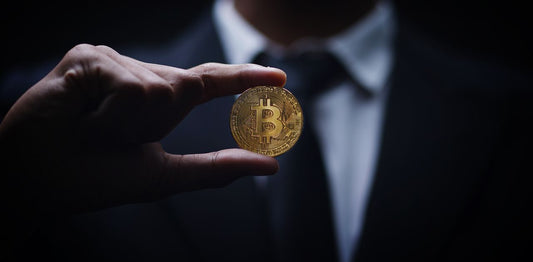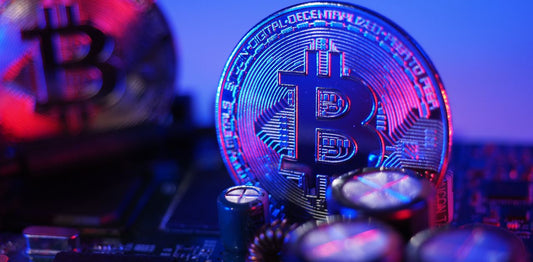As the crypto universe continues to expand, so do the crypto scams.
New investors experiencing FOMO will jump on a project before reading the fine print, then get their life savings stolen from them.
Let's look at the most common ways scammers like to steal crypto, and some ways to protect yourself.
Phishing
Phishing is the go-to for hackers. With phishing, hackers use emails to impersonate crypto exchanges or wallets.
These crypto scams will always contain a link that takes the victim to a scammer-controlled website. The goal is to get rookie investors to click the link and enter sensitive information.
Crypto phishing emails will also try to entice investors with free giveaways, or scare them with fake security issues.

Recently, Trezor wallet users were hit by a string of phishing attacks. In this case, a fake newsletter went around claiming there was a data breach.
To prevent attacks like this, be skeptical of any direct emails you may get. Check the sender; phishing emails usually have a unique sending address. The text in the email may be misspelled and have grammar issues.
However, hackers have gotten better at making phishing emails look like the real thing. The best practice is to log on to the exchange or access your wallet in a separate tab. Don't click, use your own link.
Imposter Sites
If hackers can design special emails to scam people, they can make websites too. These fake sites will let investors buy deposit money, buy crypto, and even let them withdraw it.
For example, attackers will create URLs with a zero in the address instead of a letter 'o' to trick investors who aren't paying attention.
However, once hackers can get enough people to trust the site, they'll pull the plug. They will shut down the site and take all the funds.

To avoid these types of crypto scams, carefully type the exact URL into your browser and double-check it. Make sure the website is using HTTPS - there should be a small lock symbol next to the URL.
The legit exchanges should have a large social media presence and human employees. Also, if they do good work, people in the crypto community should recommend them.
Fake websites will also try to force you to deposit more funds or make a larger investment than you wanted to.
Rug Pulls
If you check CoinMarketCap frequently, you've probably seen the "trending" or "biggest gainers" crypto projects at the top of the page.
While most of these projects have real development and backing, a lot of these altcoins are crypto scams.
A rug pull is a type of scam where developers abandon a project and take their investors' money.
This type of scam usually happens in the decentralized finance (DeFi) ecosystem, especially on decentralized exchanges (DEXs).
Rug pulls thrive on DEXs because these types of exchanges allow users to list tokens for free and without audit. Plus creating tokens on Ethereum's open-source blockchain is free and easy.

Scammers will create a token and list it on the DEX, then pair it with Ethereum. Then, they'll start grifting on Discord, Twitter, and other platforms to drive up the hype.
Once a large number of investors swap their ETH for the scamcoin, the creators withdraw everything, driving the coin's price to zero.
To avoid these types of crypto scams, check the liquidity of a project. Solid projects lock pooled liquidity for a period of time.
Rug pull coin prices usually shoot up fast. It could move from 0 to 100X in a day. This trick is designed to drive FOMO so more newbies will invest in the token.
Also, if the development team holds a large portion of tokens, it could be a rug pull.
Wrapping Up
Verify the validity of all emails before opening them. If you have to, log into your wallet or exchange in a separate tab.
Make the websites you use HTTPS and are spelled correctly. Sometimes the difference between keeping your crypto and losing it all is just one letter.
Don't let FOMO cost you money. Take the time to thoroughly research the projects you are interested in. Look for legit growth and traction.
Keep your VPN handy at all times when dealing with crypto, so your browsing history isn't used by scammers with bad intentions.
















